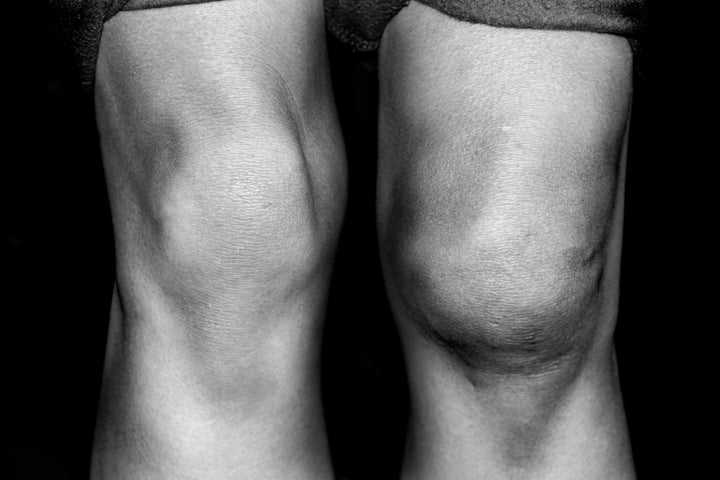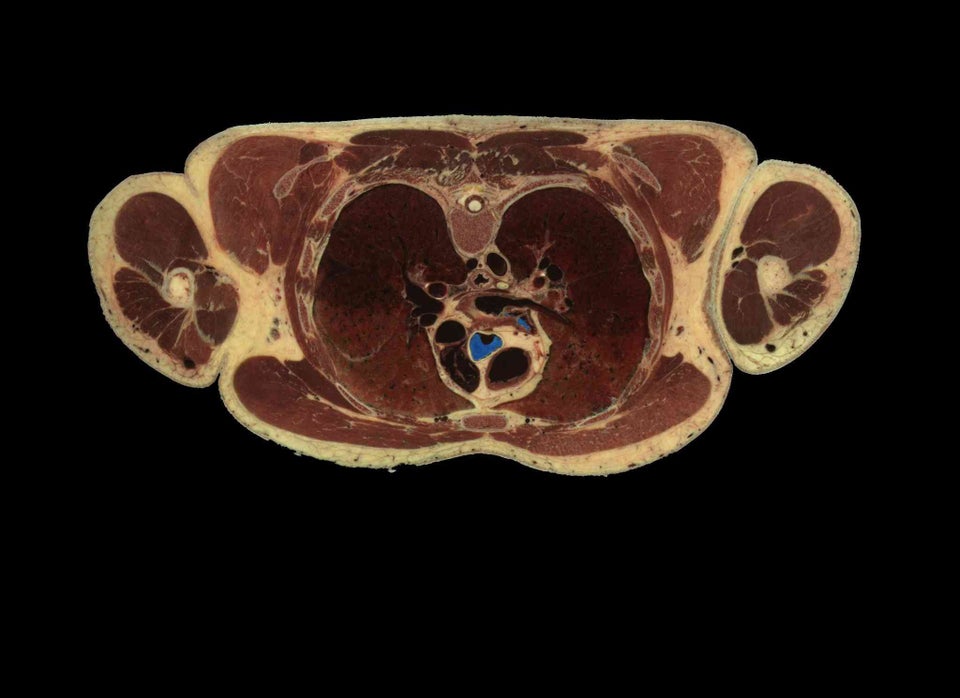
Imagine walking swiftly through an airport terminal, breezing through security checkpoints without having to wait in long lines. Biometric scanners sweep the area, quickly verifying the identity of each traveler. It may sound like a scene from the 2002 science fiction film "Minority Report," but that vision may not be as far off as we may think.
A new study involving magnetic resonance imaging suggests that MRI knee scans could be used as an almost foolproof form of identification.
For the study, Dr. Lior Shamir, an associate professor at Lawrence Technological University in Southfield, Mich., analyzed knee scans of 2,686 people. He found that the scans accurately identified about 93 percent of the test subjects.
Identification methods have advanced in recent years as tech companies and universities have sought to develop new techniques for quick and seamless recognition. In July, Carnegie Mellon University's Pedo-Biometrics Lab revealed it is working on a biometric shoe that could potentially identify people based on their gait and the pressure of their feet.
The new study builds on 2009 research in which Shamir tested biometric IDs using knee X-rays instead of MRIs. (MRIs provide more detailed images and are safer than X-rays, which deliver potentially cancer-causing ionizing radiation.)
Knee scans are not foolproof -- for example, a shattered kneecap or knee replacement would produce a markedly different ID scan. But Shamir thinks that they might make it harder to fool the authorities.
"Deceptive manipulation requires an invasive and complicated medical procedure," Shamir explained about duping the knee scans in a written statement, "and therefore it is more resistant to spoofing compared to methods such as face, fingerprints or iris."
After all, contact lenses with an imprint of another person's iris -- capable of duping scanners -- are already in the works, according to Wired. However, Shamir notes that technology is not at that point just yet.
"Many medical imaging technologies such as MRI are too slow to handle crowds," Shamir told The Huffington Post. "So at this point the concept is visionary."
Shamir's knee scan study is set to be published in an upcoming issue of the International Journal of Biometrics.
